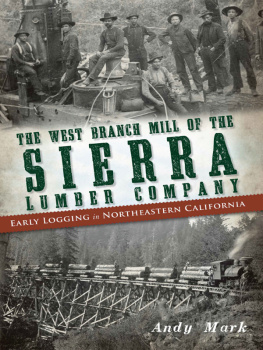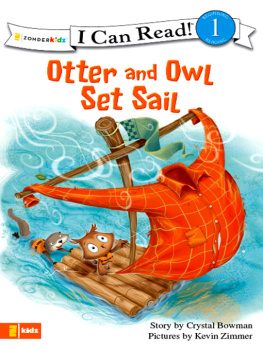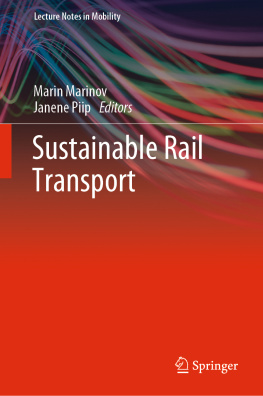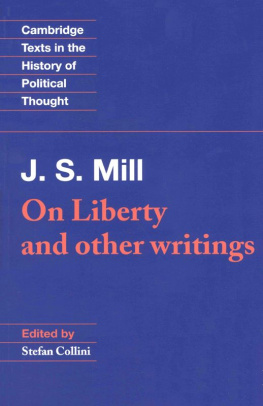Timber, Sail, and Rail
Timber, Sail, and Rail
An Archaeology of Industry, Immigration, and the Loma Prieta Mill
Marco G. Meniketti
First published in 2020 by
Berghahn Books
www.berghahnbooks.com
2020 Marco G. Meniketti
All rights reserved. Except for the quotation of short passages for the purposes of criticism and review, no part of this book may be reproduced in any form or by any means, electronic or mechanical, including photocopying, recording, or any information storage and retrieval system now known or to be invented, without written permission of the publisher.
Library of Congress Cataloging-in-Publication Data
A C.I.P. cataloging record is available from the Library of Congress
Library of Congress Cataloging in Publication Control Number: 2020937008
British Library Cataloguing in Publication Data
A catalogue record for this book is available from the British Library
ISBN 978-1-78920-726-2 hardback
ISBN 978-1-78920-727-9 ebook
Contents
Illustrations, Figures, and Tables
Illustrations
.
.
.
.
.
.
.
.
.
.
.
.
.
.
.
.
.
.
.
.
.
.
.
.
.
.
.
.
.
.
.
.
.
.
.
.
.
.
.
.
.
.
Figures
.
.
.
.
.
.
Tables
.
.
.
Acknowledgments
I would like to first extend my sincere appreciation to Mark Hylkema, archaeologist of California State Parks and past president of the Society for California Archaeology, for providing access and guidance in the park and for his inspirational natural history lectures for the field school students. I wish to thank historian Kevin Newhouse and curator John Hibble, both of the Aptos History Museum, for their generous support and opportunities for public outreach. I thank the Santa Cruz Archaeological Society and San Jose State University Department of Anthropology. I also want to acknowledge the contributions of Jorge Aguilar for his compilation GIS data of railroad lines, and Juliana Cheng for her translation efforts. I wish to acknowledge the conversations with Sylvia Fisher concerning Sturgeons Mill. I would like to express my appreciation to the editors of the Journal of the Society for Industrial Archeology for graciously allowing the use of research that previously appeared in the SIA Journal, which has been thoroughly expanded in this book. I would like to thank the librarian of the University of California, Santa Cruz Library, for permission to use the Santa Cruz Oral History Project interviews conducted by Elizabeth Calciano. I wish to extend special gratitude to the many field school students for their enthusiastic labor in the forest from 20152017. Field staff: Arianna Heathcote, Colin Jaramillo, Marissa Massaro, and Rebecca Spitzer. Crews: Gibran Adham, Danci Bert, Eliane Bauer, Ethan Brooks, Jessica Brooks, Jonathan DSa, Berglind Erlingsdotter, Harrison Foo, Erika Harvey, Elizabeth Hill, Leslie Hoefert, Emily Jackson, Danielle Jacobsma, Amanda Jorgenson, Megan Leckie, Rodrigo Martinez, Alyssa Pappas, Celeste Ramos, Tim Rodriguez (our drone pilot), Elliot Summers, Aaron Van Valen, Edwin Victorine, Colette Witcher, and Emily Yuriar, Special thanks to Lisa Stapleton for tracking down data on silent era films in the Loma Prieta area, and to my capable lab assistants who diligently explored the origins and uses of many of our artifacts: Duffy Barrett, Lucy Chiem, Sean Davis, Tor Heggelund, Steven Simpson, and Kanya Yoshihiro. Finally, I want to express my sincere appreciation to the external reviewers and copy editors of early versions of manuscripts whose feedback and constructive critique undoubtedly improved this book significantly.
Preface
KILT, n. A costume sometimes worn by Scotchmen in America and Americans in Scotland.
Ambrose Bierce, The Devils Dictionary
The constructs of race, ethnicity, heritage, and culture over the past three decades have increasingly become enmeshed in the world of historical archaeology under a rubric of identity. The general public, politicians, andfar too oftenarchaeologists themselves are likely to conflate one or more of these terms, use them interchangeably, or imagine these highly charged concepts immutable. My choice of Ambrose Bierce, the Wickedest Man in San Francisco, as he was sometimes known (Bean 1968, 246), to open this preface serves dual purposes: First, his acerbic wit and perceptive intellect, although deeply flawed by bitter self-loathing, frequently cut through the issues of his day, some of which resonate with the social conflicts of our own times. Second, his definition of kilt highlights the problems of associating material culture display too closely with ethnicity or identity.
The issue of ethnicity has long been a concern of mine. As an American of both Italian and Irish/Scottish heritage I have been keenly aware of externally derived identity and preconceptions. Perhaps parentage is a better word than heritage. Since childhood I have been cognizant that definitions and use of the terms race, ethnicity, or heritage are fluid and often downright incorrect. I am the descendant of immigrants, as indeed we all are unless a persons ancestry is from one of the First Nations. My paternal grandfather came to the United States about 1909. As I type this manuscript, I am drinking coffee from a mug emblazoned with the Nichols crest, a nod to my mothers Scottish heritage. My mothers people; as she liked to say, arrived in the 1690s in Virginia as dirt folk, meaning as poor indentured farmers. Her family did not stray far and she was eventually born in a coal-mining town in Virginia in the 1920s. My mother used to say that her family was shocked when she married, not because she, raised a Protestant, had married an Italian Catholic, but because she had dared venture west and married a Californian! The mentality of her relatives was such that they accepted their class as a given. When she pursued a college degree to become a school teacherone of the few professional occupations open to women in her dayshe was accused by an aunt of trying to get above her station. This sentiment, my mother used to say, has kept many generations of families in the mines. Family tradition held that we were related to Sir Walter Raleigh. Intensive genealogical study by my mothers uncle did not substantiate this story, and it appears I was the only one of my relations to be disappointed. Links to June Carter Cash, however, thrilled many of my Appalachian relations.
Until quite recently I had never been to Italy, do not speak Italian, and my only real flirtation with my Scottish roots are when I occasionally wear the family tartan to the Scottish Games held annually in Pleasanton, California. I have been to clan gatherings where I witness varying degrees of ethnicity on display. I have yet to visit Scotland or Ireland. How can I be referred to, then, as either an Italian American or a Scots/Irish American? Are terms like ethnicity, heritage, and culture being conflated with DNA? Is there a gene for ethnic identity? What is heritage in this case?







